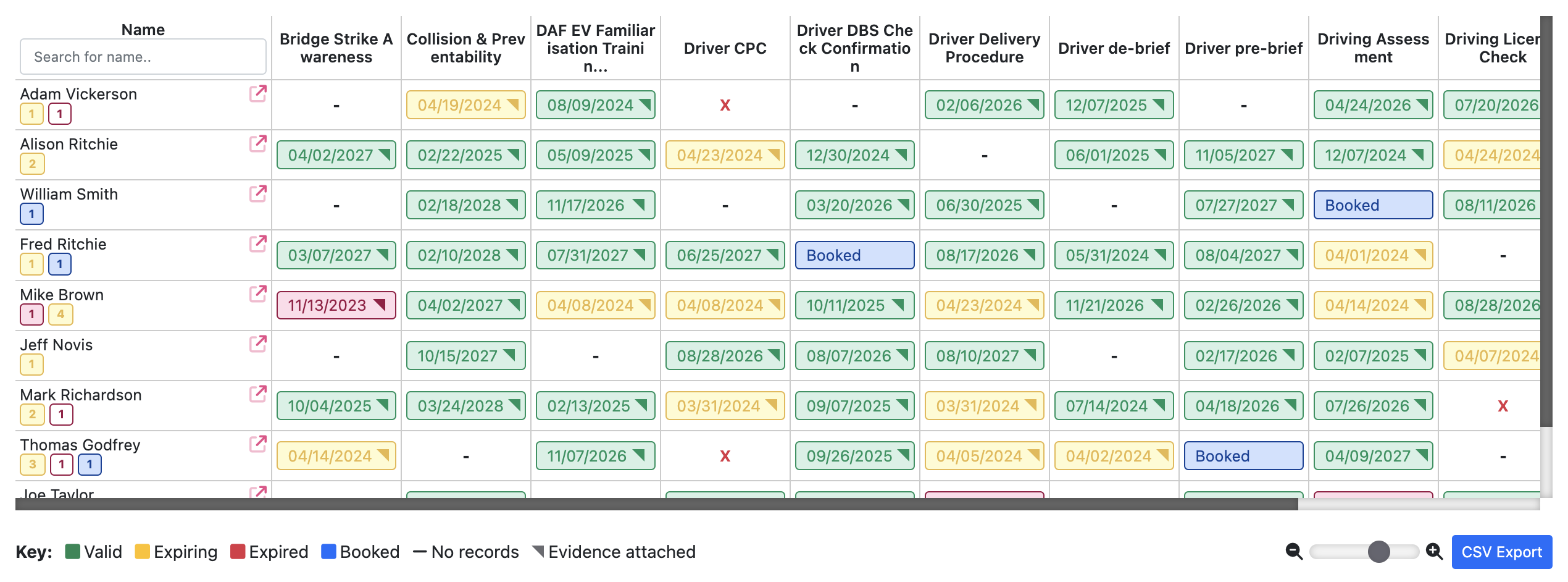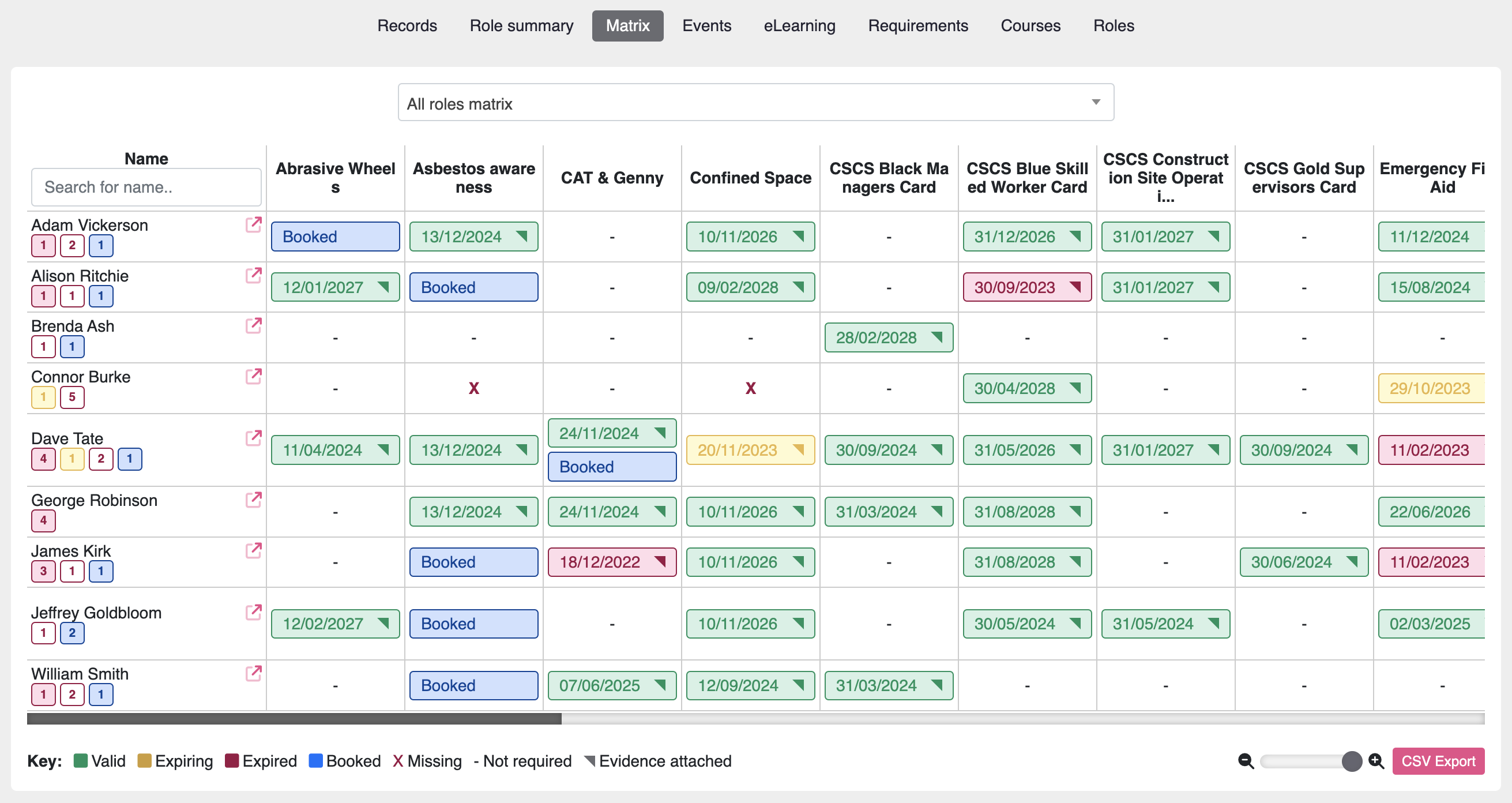Introduction
In industries such as logistics, construction, and other sectors where driving is essential, ensuring that all drivers hold valid and clean driving licences is not only a best practice—it’s a legal requirement. Regular DVLA licence checks in the UK help employers of all sizes stay compliant, reduce risks, and promote safety for everyone on the roads.
- Compliance: Meet legal obligations under the Road Traffic Act and Health and Safety at Work Act.
- Safety: Reduce the risk of accidents caused by unqualified or disqualified drivers.
- Reputation Management: Protect your company’s image by ensuring all drivers are legally permitted to operate vehicles.
Legal Obligations for Employers
Employers are required to:
- Verify that all drivers have a valid driving licence.
- Regularly monitor licence status for endorsements or disqualifications.
- Maintain records of all checks conducted.
Failure to comply can result in hefty fines, legal action, and increased liability in the event of an accident.
Understanding DVLA Licence Endorsements
Licence endorsements reflect penalties for driving offences. They can affect a driver’s eligibility to operate certain vehicles and impact insurance premiums.
- Codes and Categories: Familiarise yourself with endorsement codes like SP30 (speeding) or DR10 (drink driving).
- Points System: Accumulating 12 or more points within three years can lead to disqualification.
Step-by-Step Guide to Conducting a DVLA Licence Check
Using Software to do Regular Driving Licence Checks
You can use third party DVLA licence checking software to automate the process of DVLA licence checks if this is something you need to check on a regular basis, otherwise it’s quite a laborious task to individually check each employee.
Moralbox offers such a feature as part of its training management and compliance platform along with an automated training matrix. You can check out the DVLA Licence Check tool here. https://www.moralbox.com/software/dvla-driving-licence-checker
Step 1: Obtain Employee Consent
Before performing a check, you must have the driver’s explicit consent due to data protection laws.
- Written Consent: Have the employee sign a consent form.
- Digital Consent: Use electronic signatures if checking online.
Step 2: Gather Necessary Information for the DVLA licence check in the UK
Collect the following details from the driver:
- Full name as it appears on the licence
- Date of birth
- Driving licence number
- National Insurance number (if required)
Tip: Double-check the information for accuracy to avoid errors during the check.
Step 3: Access the DVLA Online Service
Go to the DVLA’s View Driving Licence service: https://www.gov.uk/view-driving-licence
Or use the DVLA Share Driving Licence tool for employers: https://www.gov.uk/check-driving-information
- Create an Account: If you’re a frequent user, consider setting up a business account for streamlined access.
Step 4: Enter Driver Details
Input the collected information into the system.
- Verification: The system will verify the details and may require additional authentication steps.
Note: Ensure secure handling of personal data in compliance with GDPR regulations.
Step 5: Review Licence Information
Once access is granted, review the following:
- Licence Validity: Confirm the licence is current and hasn’t expired.
- Endorsements: Check for any penalty points or disqualifications.
- Categories: Ensure the driver is qualified to operate the vehicle types required for their role.
Best Practices for DVLA Licence Checks
- Regular Checks: Conduct checks every six months or more frequently for high-risk drivers.
- Record Keeping: Maintain detailed records of each check for at least three years.
- Automated Reminders: Use calendar alerts or software solutions to schedule regular checks.
Common Mistakes to Avoid
- Assuming Validity: Never assume a licence is valid without checking, even for long-term employees.
- Ignoring Endorsements: Overlooking minor endorsements can accumulate into significant issues.
- Poor Record Keeping: Incomplete records can lead to compliance issues during audits.
Conclusion
Conducting regular DVLA UK driving licence checks is a critical responsibility for employers in logistics, construction, and related industries. By following this step-by-step guide, you can ensure compliance, enhance safety, and protect your business from potential legal ramifications.
Stay tuned for our upcoming solutions to streamline your DVLA licence checks, making compliance easier than ever.
Additional Resources
- DVLA Driving Licence Information: https://www.gov.uk/browse/driving/driving-licences
- Health and Safety Executive (HSE) Guidelines: https://www.hse.gov.uk/
- Data Protection and GDPR Compliance: https://ico.org.uk/for-organisations/guide-to-data-protection/
Optimise Your Fleet Management Today!
Disclaimer: This article is for informational purposes and should not be considered legal advice. Always consult official resources or legal professionals for specific guidance.
John is our co-founder and is responsible for software design and development and loves helping people solve problems using innovative software.


